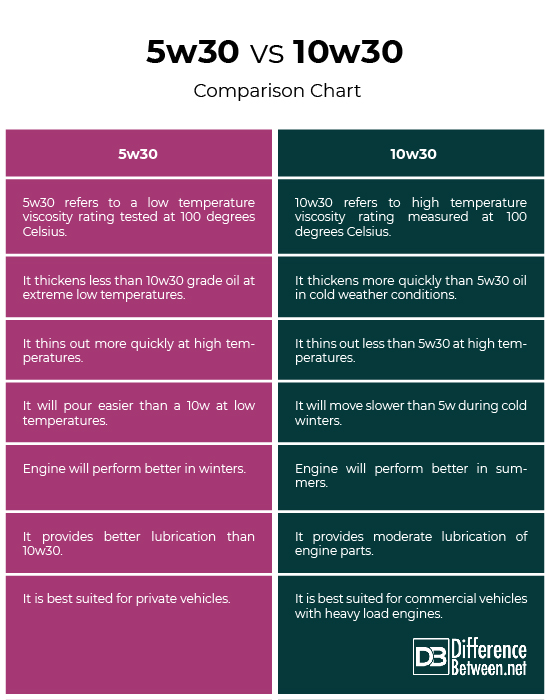Teak Oil vs. Tung Oil: Understanding the Key Differences
When it comes to caring for your wooden furniture or surfaces, using the right type of oil can make a significant difference in enhancing their beauty and longevity. Two popular choices for wood finishing are teak oil and tung oil. While both oils are known for their protective and nourishing properties, there are some key differences between them that can influence your decision on which one to use.
Teak Oil:
Teak oil is a popular choice for treating outdoor wooden furniture, particularly teak wood, due to its ability to penetrate deep into the wood fibers and provide long-lasting protection against moisture and UV rays. Teak oil is typically a blend of linseed oil, tung oil, and other natural oils that help to enhance the natural beauty of the wood while providing a durable finish.
One of the key advantages of teak oil is its ease of application. It can be easily brushed or wiped onto the wood surface, allowing for quick and hassle-free maintenance. Teak oil is also known for its ability to bring out the rich, warm tones of teak wood, making it an ideal choice for preserving the natural color of the wood.
However, it’s essential to note that teak oil requires regular reapplication to maintain its protective properties. Over time, exposure to the elements can cause the oil to break down, requiring you to reapply it to keep your wooden furniture looking its best.
Tung Oil:
Unlike teak oil, tung oil is a pure, natural oil derived from the seeds of the tung tree. Tung oil is known for its superior water resistance and durability, making it an excellent choice for protecting wooden surfaces that are exposed to moisture or high humidity. Tung oil creates a hard, waterproof finish that can withstand the rigors of outdoor use.
One of the standout features of tung oil is its ability to enhance the natural grain and color of the wood. Tung oil penetrates deeply into the wood fibers, providing a rich, lustrous finish that highlights the beauty of the wood. Additionally, tung oil is resistant to mold, mildew, and other environmental factors that can damage wooden surfaces.
While tung oil offers excellent protection and durability, it can be more challenging to apply compared to teak oil. Tung oil requires multiple coats and longer drying times between applications, making it a more labor-intensive process. However, the results are well worth the effort, as tung oil provides a durable, long-lasting finish that can withstand years of use.
Key Differences:
| Aspect | Teak Oil | Tung Oil |
|---|---|---|
| Source | Blend of natural oils | Pure oil from tung tree seeds |
| Water Resistance | Good | Excellent |
| Protection | Effective but requires regular reapplication | Durable and long-lasting |
| Application | Easy to apply and quick drying | Requires multiple coats and longer drying times |
While both teak oil and tung oil offer valuable benefits for protecting and enhancing wooden surfaces, the choice between the two ultimately depends on your specific needs and preferences. If you’re looking for a low-maintenance option that brings out the natural beauty of teak wood, teak oil may be the ideal choice. However, if you require maximum protection and durability for outdoor furniture or high-traffic areas, tung oil is the superior option.
Regardless of which oil you choose, regular maintenance and proper care are essential to ensure the longevity and beauty of your wooden furniture. By understanding the differences between teak oil and tung oil, you can make an informed decision that will help you preserve your wood surfaces for years to come.
Whether you opt for the rich warmth of teak oil or the robust protection of tung oil, both oils have their unique advantages that can enhance the beauty and durability of your wooden furniture. Choose wisely and enjoy the lasting benefits of a well-maintained and protected wood surface!


